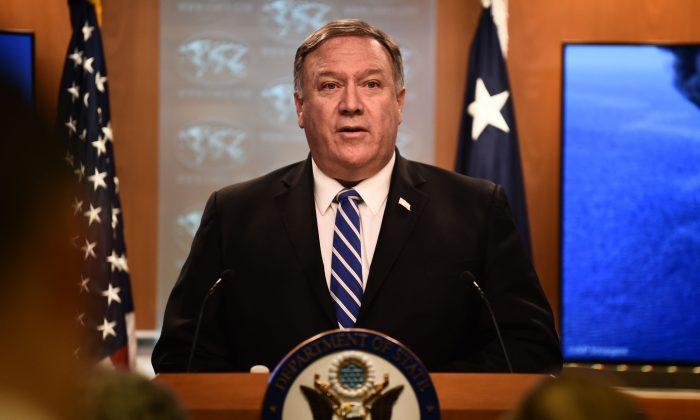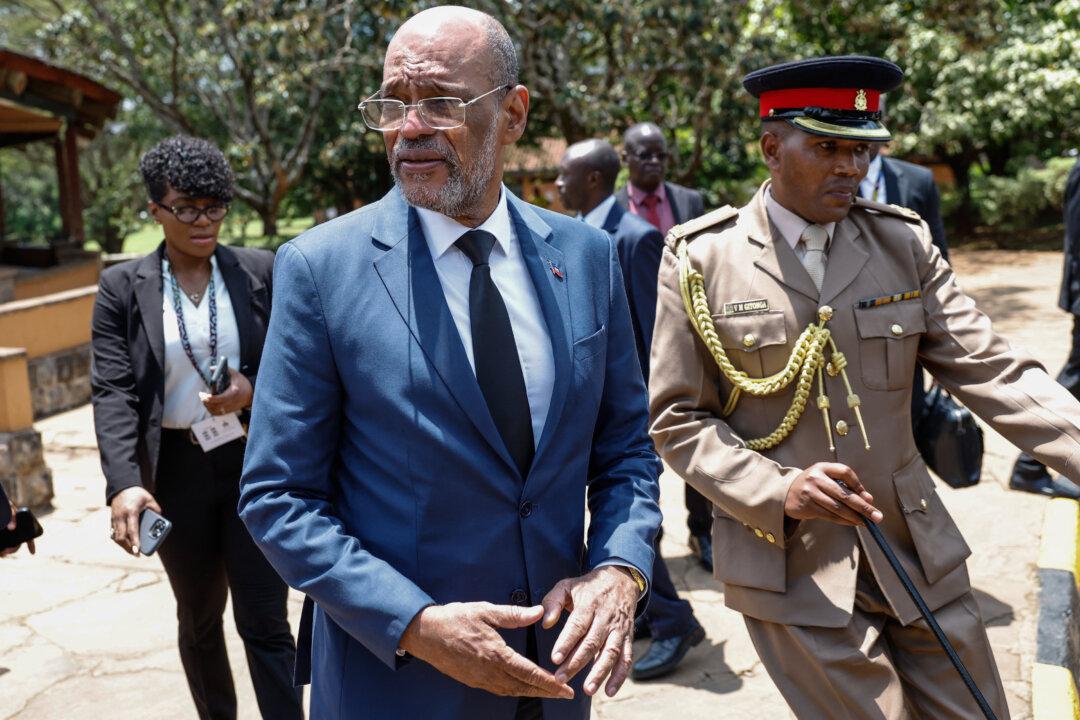The Trump administration isn’t seeking conflict with Iran, and its military buildup in the Persian Gulf is aimed entirely at deterring Iranian aggression and threats to U.S. interests and international shipping, Secretary of State Mike Pompeo said on June 18.
On a visit to U.S. Central Command in Florida, Pompeo said he is confident the American military is up to the challenge and ready to respond to any attack. He reiterated that President Donald Trump “does not want war” and only wants to re-establish a deterrent to Iranian threats. Pompeo traveled to the base a day after the Pentagon announced the deployment of an additional 1,000 troops to the Middle East.
Pompeo said he made the trip to Florida to meet with commanders who would be responsible for any operations in the Persian Gulf, to ensure that America’s diplomatic and military efforts are coordinated “to make sure that were in the position to do the right thing.”
The “right thing,” he said “is to continue to work to convince the Islamic Republic of Iran that we are serious and to deter them from further aggression in the region.”
Iran’s president, Hassan Rouhani, insisted June 18 that while “we do not wage war with any nation,” Iranians will withstand mounting U.S. pressure and emerge victorious.
“We continue to call on the Iranian regime not to obtain a nuclear weapon, to abide by their commitments to the international community,” State Department spokeswoman Morgan Ortagus said June 17.
In announcing the new deployment, acting Defense Secretary Patrick Shanahan said the forces are “for defensive purposes to address air, naval, and ground-based threats” in the Mideast.
“The United States does not seek conflict with Iran,” Shanahan said, describing the move as intended “to ensure the safety and welfare of our military personnel working throughout the region and to protect our national interests.”
He said the U.S. will continue to adjust troop levels as needed.
Russia urged restraint by all parties and worries that the additional U.S. forces could “bring in extra tensions,” Kremlin spokesman Dmitry Peskov said.
Iran has shown no willingness to negotiate another deal and has pledged not to enter into talks with the United States while the administration keeps up the pressure with sanctions.






Friends Read Free